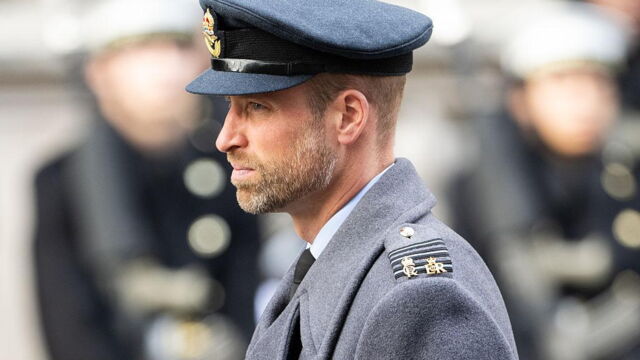A big moment awaits Prince William, and with it a deceptively simple decision. British monarchs can either keep their given first name or select a regnal name used solely for their time on the throne. If he sticks with his first name, he would become King William V, following the last William, who was William IV.
Discover our latest podcast
What regnal name could he choose ?
Modern monarchs rarely change their first name on accession, yet the option is very real. William’s full name is William Arthur Philip Louis. In theory, he could style himself King Arthur, King Philip or King Louis. Still, many watchers expect the most straightforward path: King William V.
There is historical precedent for switching. King George VI was christened Albert but chose “George” to create continuity with his father’s reign. In other words, the name on the birth certificate does not have to be the one in the coronation oath.
Has William tipped his hand ? Not really. When a child asked him during a Zoom chat what he might pick, he kept the mystery intact. The choice, whenever it comes, will say something about tone and tradition, even if the smart money is on continuity.
How his titles work now — and what changes later
Royal titles tell a whole story. On his wedding day, the late Queen Elizabeth II granted William three peerages: Duke of Cambridge, Earl of Strathearn and Baron Carrickfergus. Those were the honours that defined his early adult role, pairing the England, Scotland and Northern Ireland traditions in one neat set.
Everything shifted when King Charles acceded. William automatically became Duke of Cornwall in England and, in Scotland, Duke of Rothesay, as well as Earl of Carrick, Baron of Renfrew, Lord of the Isles and Prince and Great Steward of Scotland. Shortly after, the new King created him Prince of Wales and Earl of Chester.
In day-to-day use, William goes primarily by Prince of Wales. North of the border, he is formally known as His Royal Highness the Duke of Rothesay. The Scottish style underscores how titles rotate across the nations of the United Kingdom, reflecting centuries of constitutional evolution.
When he becomes king, many of these dignities are expected to pass to his heir, Prince George. That would likely include the Cornwall and Rothesay titles, and — when conferred — the Prince of Wales style. The baton of duty, symbolically and legally, moves to the next generation.
And what about Princess Kate’s future title ?
When William is crowned, Princess Kate will become Queen Consort Catherine. In everyday usage, she will almost certainly be addressed as Her Majesty The Queen, just as Queen Camilla is now.
The role is clear, per the Royal Family’s own guidance: a queen consort supports the sovereign both practically and emotionally. She holds no official governmental power, does not review state papers and does not conduct the monarch’s formal audiences. Should she be widowed, she would become a queen dowager and retain her titles.
Read more:
Princess Beatrice opens up on preterm birth and loneliness
Who could be the next occupant of Royal Lodge after Andrew’s departure?
David Beckham knighted by King Charles: an emotional day marked by family and royal ties
Sources used:















